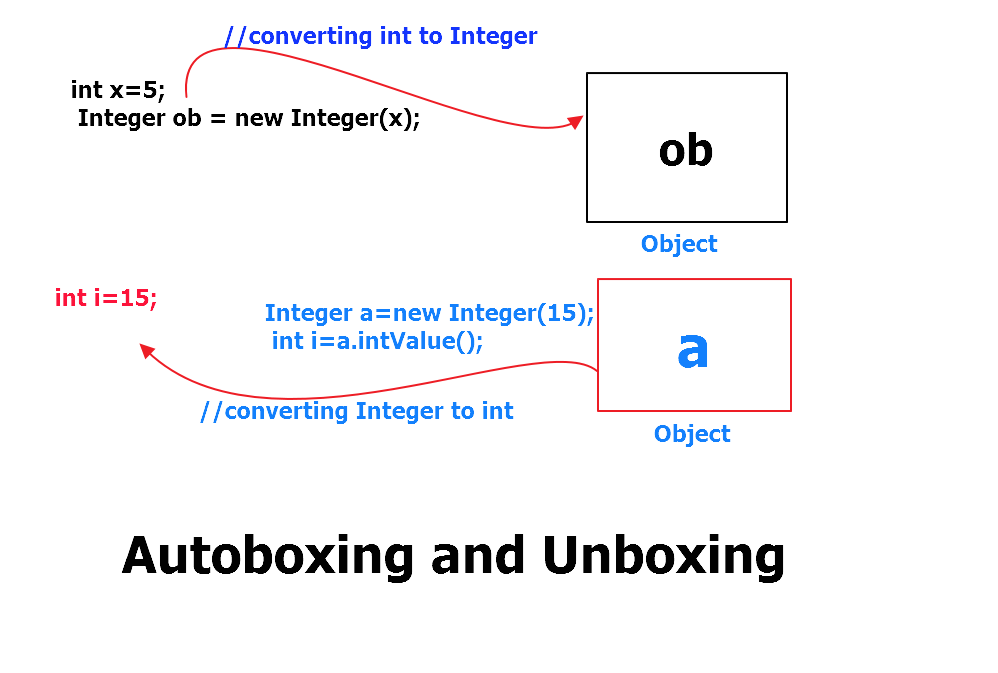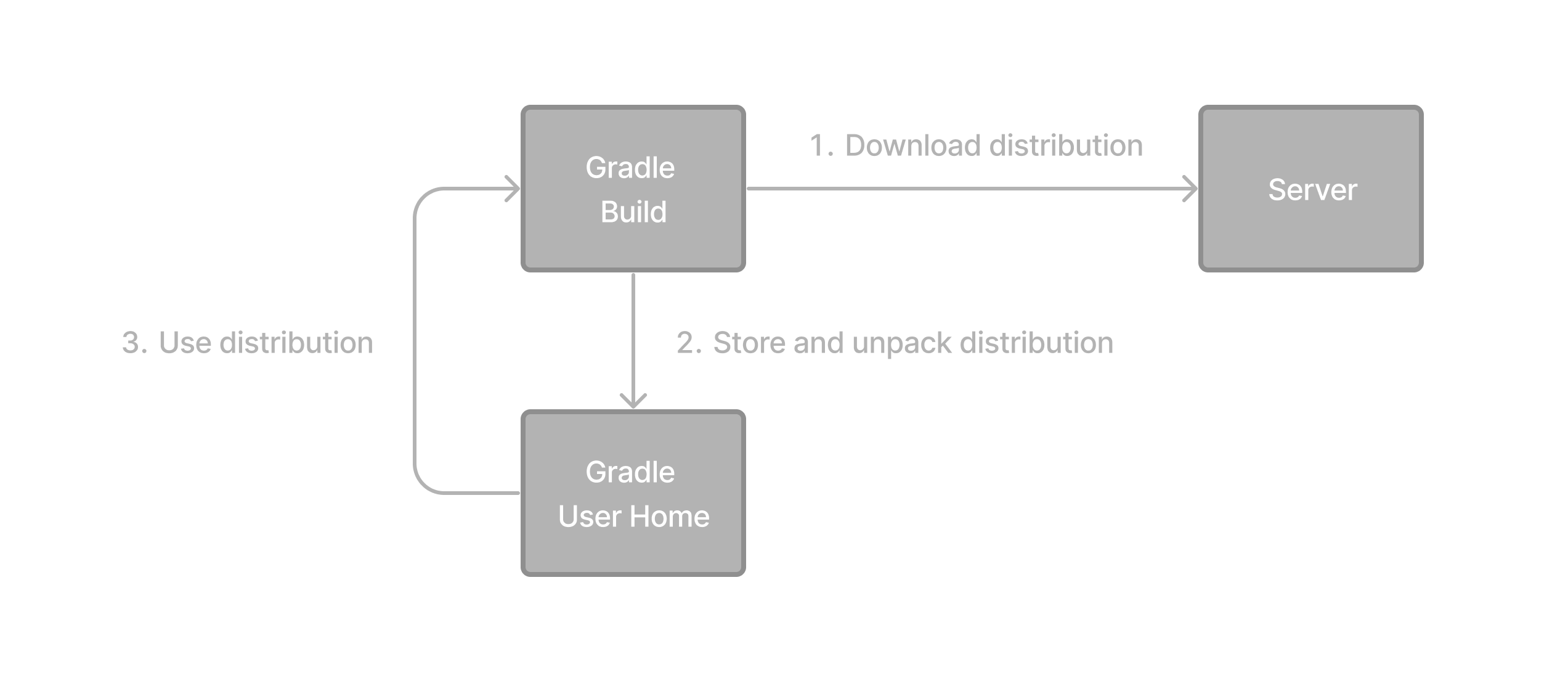I have done this on other servers with allegedly the same configuration previously without issue, however on this particular server whenever I try and start the service it fails instantly with Error 1053 - which implies a timeout problem, however it happens so quickly (<1 second) that I’m doubtful that this is the root cause.
I have update my application to the latest x86.3.5.24 version and I get the same problem.
When I run the application on the console via a batch file it works fine.
The java installed is the 32 bit version :-
java version '1.7.0_45'
Java(TM) SE Runtime Environment (build 1.7.0_45-b18)
Java HotSpot(TM) Client VM (build 24.45-b08, mixed mode, sharing)
When the program fails to start as a service there don’t seem to be any log files created at all. When I start the application as a batch / console application I get normal log files - which is reassuring but don’t contain anything helpful.
I have run the application as a service, with and without a domain user account. When I’ve used the domain account then that account is in the local Administrators group of the local server.
The windows event log does not show Error 1053, but it does log 2 errors each time I run my application which are :-
7000 - The service did not respond to the start or control request in a timely fashion.
7009 - A timeout was reached (60000 milliseconds) while waiting for the Commander4j Interface Wisbech Production service to connect.
The timeout value in 7009 above is set very high and as I’ve mentioned the application fails immediately when I try and start it.
At this point in time I’m out of ideas regarding how to diagnose the problem further.
Are there any windows requirements for the wrapper.exe to run - could it be that it does not have permissions to load a .dll when running as a service ?
Thanks
Dave
PS. My config file is below.
#encoding=UTF-8
# Configuration files must begin with a line specifying the encoding
# of the the file.
#********************************************************************
# Wrapper License Properties (Ignored by Community Edition)
#********************************************************************
# Professional and Standard Editions of the Wrapper require a valid
# License Key to start. Licenses can be purchased or a trial license
# requested on the following pages:
# http://wrapper.tanukisoftware.com/purchase
# http://wrapper.tanukisoftware.com/trial
# Include file problems can be debugged by removing the first '#'
# from the following line:
##include.debug
# The Wrapper will look for either of the following optional files for a
# valid License Key. License Key properties can optionally be included
# directly in this configuration file.
#include ../conf/wrapper-license.conf
#include ../conf/wrapper-license-%WRAPPER_HOST_NAME%.conf
# The following property will output information about which License Key(s)
# are being found, and can aid in resolving any licensing problems.
#wrapper.license.debug=TRUE
#********************************************************************
# Wrapper Localization
#********************************************************************
# Specify the locale which the Wrapper should use. By default the system
# locale is used.
#wrapper.lang=en_US # en_US or ja_JP
# Specify the location of the Wrapper's language resources. If these are
# missing, the Wrapper will default to the en_US locale.
wrapper.lang.folder=../lang
#********************************************************************
# Wrapper Java Properties
#********************************************************************
# Java Application
# Locate the java binary on the system PATH:
wrapper.java.command=java
# Specify a specific java binary:
#set.JAVA_HOME=/java/path
#wrapper.java.command=%JAVA_HOME%/bin/java
# Tell the Wrapper to log the full generated Java command line.
#wrapper.java.command.loglevel=INFO
# Java Main class. This class must implement the WrapperListener interface
# or guarantee that the WrapperManager class is initialized. Helper
# classes are provided to do this for you. See the Integration section
# of the documentation for details.
wrapper.java.mainclass=com.commander4j.service.Interface4j
# Java Classpath (include wrapper.jar) Add class path elements as
# needed starting from 1
wrapper.java.classpath.1=./commander4j.jar
wrapper.java.classpath.2=./lib/service
wrapper.java.classpath.3=./lib/app
wrapper.java.classpath.4=./lib/barcode
wrapper.java.classpath.5=./lib/db
wrapper.java.classpath.6=./lib/jasper
wrapper.java.classpath.7=./lib/jasperlib
wrapper.java.classpath.8=./lib/mail
# Java Library Path (location of Wrapper.DLL or libwrapper.so)
wrapper.java.library.path.1=./lib/service
# Java Bits. On applicable platforms, tells the JVM to run in 32 or 64-bit mode.
wrapper.java.additional.auto_bits=TRUE
# Java Additional Parameters
#wrapper.java.additional.1=-Dcom.sun.management.jmxremote
# Initial Java Heap Size (in MB)
#wrapper.java.initmemory=3
# Maximum Java Heap Size (in MB)
#wrapper.java.maxmemory=128
# Application parameters. Add parameters as needed starting from 1
wrapper.app.parameter.1=Interface
wrapper.app.parameter.2=Commander4j_PreProd_WIS
#********************************************************************
# Wrapper Logging Properties
#********************************************************************
# Enables Debug output from the Wrapper.
# wrapper.debug=TRUE
# Format of output for the console. (See docs for formats)
wrapper.console.format=PM
# Log Level for console output. (See docs for log levels)
wrapper.console.loglevel=INFO
# Log file to use for wrapper output logging.
wrapper.logfile=./logs/wrapper.log
# Format of output for the log file. (See docs for formats)
wrapper.logfile.format=LPTM
# Log Level for log file output. (See docs for log levels)
wrapper.logfile.loglevel=INFO
# Maximum size that the log file will be allowed to grow to before
# the log is rolled. Size is specified in bytes. The default value
# of 0, disables log rolling. May abbreviate with the 'k' (kb) or
# 'm' (mb) suffix. For example: 10m = 10 megabytes.
wrapper.logfile.maxsize=10m
# Maximum number of rolled log files which will be allowed before old
# files are deleted. The default value of 0 implies no limit.
wrapper.logfile.maxfiles=10
# Log Level for sys/event log output. (See docs for log levels)
wrapper.syslog.loglevel=NONE
#********************************************************************
# Wrapper General Properties
#********************************************************************
# Allow for the use of non-contiguous numbered properties
wrapper.ignore_sequence_gaps=TRUE
# Do not start if the pid file already exists.
wrapper.pidfile.strict=TRUE
# Title to use when running as a console
wrapper.console.title=Interface4j
#********************************************************************
# Wrapper JVM Checks
#********************************************************************
# Detect DeadLocked Threads in the JVM. (Requires Standard Edition)
wrapper.check.deadlock=TRUE
wrapper.check.deadlock.interval=10
wrapper.check.deadlock.action=RESTART
wrapper.check.deadlock.output=FULL
# Out Of Memory detection.
# (Ignore output from dumping the configuration to the console. This is only needed by the TestWrapper sample application.)
wrapper.filter.trigger.999=wrapper.filter.trigger.*java.lang.OutOfMemoryError
wrapper.filter.allow_wildcards.999=TRUE
wrapper.filter.action.999=NONE
# Ignore -verbose:class output to avoid false positives.
wrapper.filter.trigger.1000=[Loaded java.lang.OutOfMemoryError
wrapper.filter.action.1000=NONE
# (Simple match)
wrapper.filter.trigger.1001=java.lang.OutOfMemoryError
# (Only match text in stack traces if -XX:+PrintClassHistogram is being used.)
#wrapper.filter.trigger.1001=Exception in thread '*' java.lang.OutOfMemoryError
#wrapper.filter.allow_wildcards.1001=TRUE
wrapper.filter.action.1001=RESTART
wrapper.filter.message.1001=The JVM has run out of memory.
#********************************************************************
# Wrapper Email Notifications. (Requires Professional Edition)
#********************************************************************
# Common Event Email settings.
#wrapper.event.default.email.debug=TRUE
#wrapper.event.default.email.smtp.host=<SMTP_Host>
#wrapper.event.default.email.smtp.port=25
#wrapper.event.default.email.subject=[%WRAPPER_HOSTNAME%:%WRAPPER_NAME%:%WRAPPER_EVENT_NAME%] Event Notification
#wrapper.event.default.email.sender=<Sender email>
#wrapper.event.default.email.recipient=<Recipient email>
# Configure the log attached to event emails.
#wrapper.event.default.email.attach_log=TRUE
#wrapper.event.default.email.maillog.lines=50
#wrapper.event.default.email.maillog.format=LPTM
#wrapper.event.default.email.maillog.loglevel=INFO
# Enable specific event emails.
#wrapper.event.wrapper_start.email=TRUE
#wrapper.event.jvm_prelaunch.email=TRUE
#wrapper.event.jvm_start.email=TRUE
#wrapper.event.jvm_started.email=TRUE
#wrapper.event.jvm_deadlock.email=TRUE
#wrapper.event.jvm_stop.email=TRUE
#wrapper.event.jvm_stopped.email=TRUE
#wrapper.event.jvm_restart.email=TRUE
#wrapper.event.jvm_failed_invocation.email=TRUE
#wrapper.event.jvm_max_failed_invocations.email=TRUE
#wrapper.event.jvm_kill.email=TRUE
#wrapper.event.jvm_killed.email=TRUE
#wrapper.event.jvm_unexpected_exit.email=TRUE
#wrapper.event.wrapper_stop.email=TRUE
# Specify custom mail content
wrapper.event.jvm_restart.email.body=The JVM was restarted.nnPlease check on its status.n
#********************************************************************
# Wrapper Windows NT/2000/XP Service Properties
#********************************************************************
# WARNING - Do not modify any of these properties when an application
# using this configuration file has been installed as a service.
# Please uninstall the service before modifying this section. The
# service can then be reinstalled.
# Name of the service
wrapper.name=Interface4j
# Display name of the service
wrapper.displayname=Wisbech Pre-Production
# Description of the service
wrapper.description=Wisbech Pre-Production
# Service dependencies. Add dependencies as needed starting from 1
wrapper.ntservice.dependency.1=
# Mode in which the service is installed. AUTO_START, DELAY_START or DEMAND_START
wrapper.ntservice.starttype=DEMAND_START
# Allow the service to interact with the desktop.
wrapper.ntservice.interactive=false
wrapper.shutdown.timeout=60
------------------------------------------------------------------------------
Flow-based real-time traffic analytics software. Cisco certified tool.
Monitor traffic, SLAs, QoS, Medianet, WAAS etc. with NetFlow Analyzer
Customize your own dashboards, set traffic alerts and generate reports.
Network behavioral analysis & security monitoring. All-in-one tool.
http://pubads.g.doubleclick.net/gampad/clk?id=126839071&iu=/4140/ostg.clktrk
_______________________________________________
Wrapper-user mailing list
[hidden email]
https://lists.sourceforge.net/lists/listinfo/wrapper-user
Java Wrapper Classes Tutorial with Examples October 30, 2015 admin This tutorial explains the concepts of Java wrapper classes with examples, shows how to convert from wrapper types to primitives and vice-a-versa, explains numeric wrapper classes and wraps up with character & boolean wrapper classes Character. The Java Service Wrapper uses a configuration file wrapper.conf to control the various Wrapper settings. For example: 10m = 10 megabytes. Wrapper.logfile.maxsize=0 # Maximum number of rolled log files which will be allowed before old # files are deleted. The default value of 0 implies no limit.
Java Service Wrapper Examples





Java Wrapper Class
I have been referring this Java Service Wrapper for Linux Daemon, #encoding=UTF-8 # Configuration files must begin with a line specifying the encoding # of the the file. Running the TestWrapper Example Application. This page will describe the TestWrapper Example Application, which is shipped with the Wrapper to demonstrate several of its failure recovery features. The Java Service Wrapper includes a lightweight native library which is used to handle system events. The library also contains a native method. As operating system environment variables (example for win32: set wrapper.java=c: java jdk1.5 bin java.exe) Properties are searched in this order. Thus setting wrapper.java configuration in system properties will override the OS environment.
